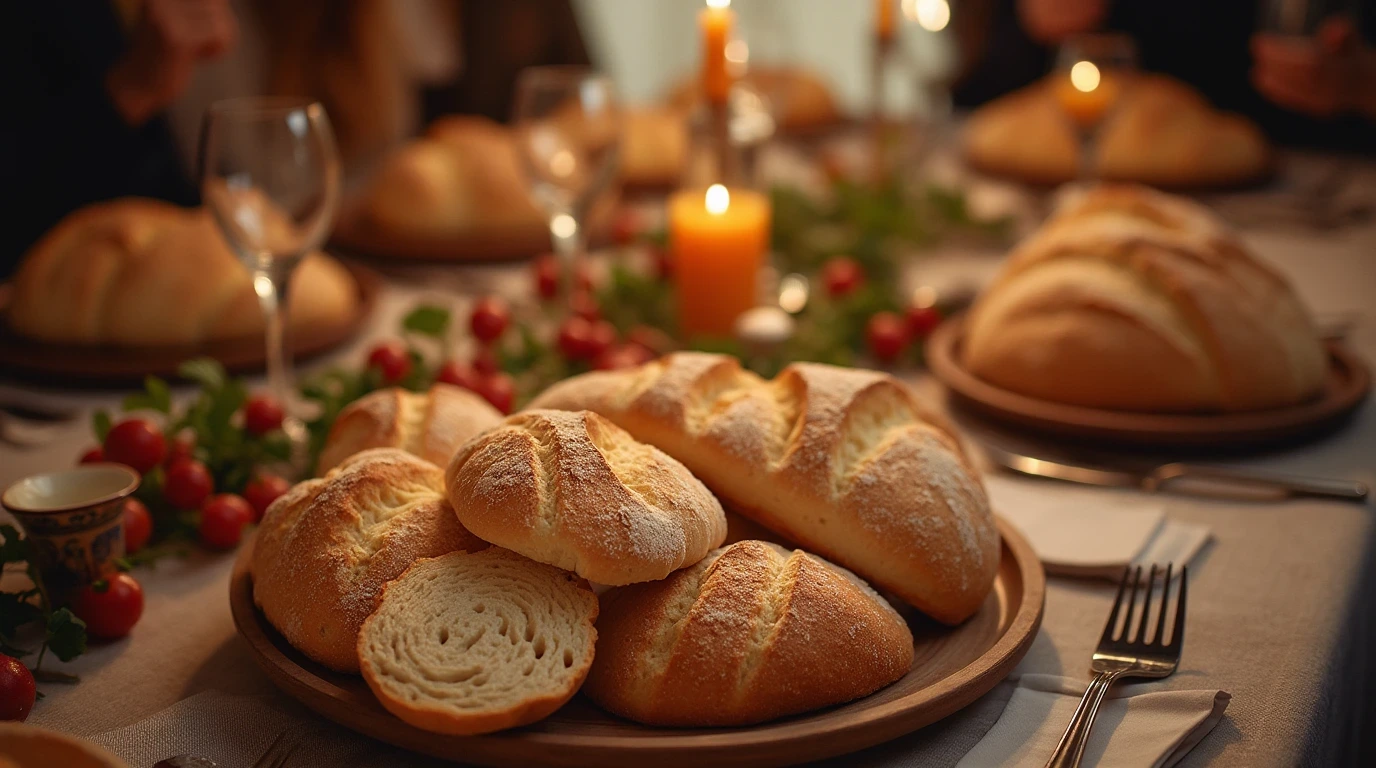House of Bread: History, Symbolism & Meaning Revealed 🍞✨
Table of Contents
Table of Contents
Emotionally Resonant Opening Paragraph
Have you ever paused to think about how certain words or phrases carry layers of meaning that transcend their literal definitions? The term “House of Bread” might initially evoke images of a bakery or a cozy dining room filled with freshly baked loaves. However, its true significance runs much deeper, intertwining history, culture, and spirituality in ways that resonate across centuries. As we delve into the story behind this evocative phrase, you’ll discover not only its origins but also its enduring relevance in today’s world. So, let’s embark on this journey together and uncover what the House of Bread truly means to you.
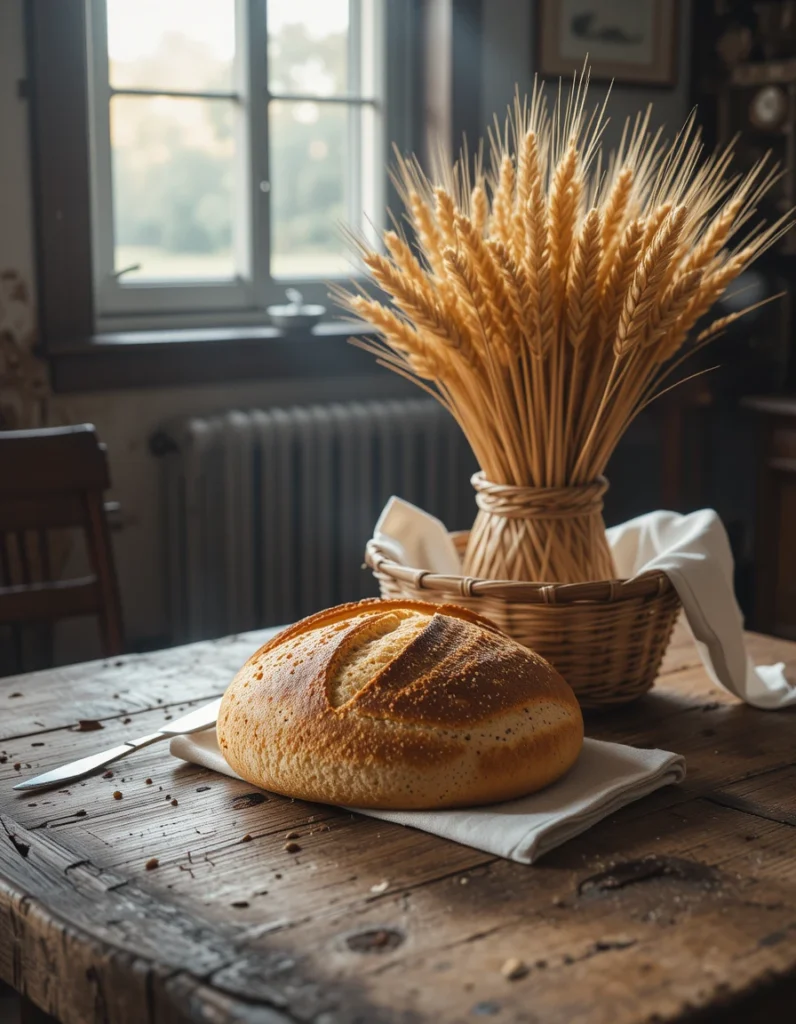
Understanding the Term “House of Bread”
Definition and Origin
To begin, it’s essential to understand where the phrase Bread House comes from. In Hebrew, the word Bethlehem translates literally to “Bread House.” This name reflects the region’s historical role as an agricultural center known for producing wheat—a staple crop used to make bread. For ancient peoples, bread was more than just sustenance; it symbolized life itself.
- Etymology: Explore how languages evolve, shaping our understanding of places and concepts.
- Symbolism: Reflect on why bread has become such a universal metaphor for nourishment and provision.
“The name Bethlehem symbolizes humanity’s link to nourishment, encompassing both physical sustenance and spiritual fulfillment.”
Why Is Bread So Symbolic?
Bread holds a special place in nearly every civilization throughout history. From the flatbreads of Mesopotamia to the sourdoughs of Europe, bread has been a constant companion in human development. Its importance extends beyond nutrition, often representing community, faith, and even identity.
- Historical Context: Discuss how bread-making techniques evolved alongside societies.
- Cultural Significance: Highlight examples of bread in rituals, celebrations, and daily life across cultures.
For instance, consider how bread plays a central role in religious ceremonies like the Eucharist in Christianity or Passover Seders in Judaism. These practices underscore the deep-rooted symbolism attached to this humble food.
Historical Context of the House of Bread

Biblical Significance of Bethlehem
One cannot discuss the House of Bread without acknowledging Bethlehem’s pivotal role in biblical narratives. Known primarily as the birthplace of Jesus Christ, Bethlehem appears repeatedly in both the Old and New Testaments.
- Old Testament References :
- Micah 5:2 prophesies that a great ruler will emerge from Bethlehem.
- Ruth 1:1 tells the story of Naomi returning to Bethlehem during the barley harvest, highlighting the town’s agricultural abundance.
| Biblical References | Meaning/Significance |
|---|---|
| Micah 5:2 | Prophecy about Bethlehem being the birthplace of a great ruler. |
| Ruth 1:1 | Story of Naomi returning to Bethlehem during barley harvest. |
- New Testament Connection: Bethlehem is famously associated with the Nativity story, marking it as a sacred site for Christians worldwide.
Archaeological Evidence
Modern archaeology sheds light on the ancient city of Bethlehem, revealing remnants of its rich past. Excavations have uncovered structures, tools, and artifacts that paint a vivid picture of life in this historic locale.
- Key Discoveries: Mention notable findings, such as ruins of early churches or evidence of agricultural activity.
- Relevance Today: Explain how these discoveries help us better understand the context in which the House of Bread emerged.
By examining both scriptural accounts and archaeological data, you gain a comprehensive view of Bethlehem’s significance as the House of Bread.
Cultural and Spiritual Interpretations
Bread as a Metaphor for Life
Beyond its practical uses, bread frequently appears in literature, art, and philosophy as a powerful metaphor. Consider the following examples:
- Literature: Authors often use bread to symbolize survival, prosperity, or spiritual fulfillment.
- Philosophy: Philosophers debate whether material wealth (bread) alone can satisfy human needs or if something greater is required.
Quotes like “Man does not live by bread alone…” (Deuteronomy 8:3) and “Give us this day our daily bread…” (The Lord’s Prayer) encapsulate this duality between physical and metaphysical nourishment.
Modern-Day Relevance
In today’s fast-paced world, the concept of the House of Bread remains relevant. It invites reflection on themes like gratitude, generosity, and interconnectedness.
- Community Building: How sharing resources fosters stronger bonds among individuals.
- Global Challenges: Address issues like hunger and inequality through the lens of the House of Bread’s teachings.
Organizations working toward food security and peace exemplify the spirit of this timeless idea. By supporting such efforts, you contribute to building modern-day versions of the House of Bread.
Practical Applications and Recipes
Celebrating the House of Bread Through Food
What better way to honor the legacy of the House of Bread than by preparing traditional recipes inspired by its roots? Below is a simple yet delicious flatbread recipe to get you started.
| Ingredient | Quantity |
|---|---|
| All-purpose flour | 2 cups |
| Warm water | ¾ cup |
| Olive oil | 2 tablespoons |
| Salt | 1 teaspoon |
Step-by-Step Guide to Making Flatbread
Follow these easy steps to create your version of the House of Bread :
- Combine dry ingredients in a mixing bowl.
- Gradually add warm water and olive oil until a dough forms.
- Knead for 5–7 minutes until smooth.
- Divide into small balls and roll out thinly.
- Cook on a hot skillet for 1–2 minutes per side.
Enjoy this homemade treat with family and friends, keeping the spirit of the House of Bread alive in your home.
FAQs About the House of Bread
Q1: What does the House of Bread symbolize?
A: It symbolizes abundance, provision, and divine care, rooted in biblical and cultural traditions.
Q2: Why is Bethlehem called the House of Bread?
A: Because of its fertile land ideal for growing wheat and producing bread, it is a significant agricultural hub historically.
Q3: Are there any famous landmarks associated with the House of Bread today?
A: Yes! The Church of the Nativity in Bethlehem is one of the most iconic sites linked to this name.
Q4: Can I incorporate the idea of the House of Bread into my daily life?
A: Absolutely! By focusing on gratitude, sharing resources, and fostering community, you can embody the spirit of the House of Bread in meaningful ways.
The Agricultural Significance of the House of Bread
Bethlehem’s Role in Ancient Agriculture
To fully grasp the essence of the House of Bread, it’s crucial to understand the agricultural importance of Bethlehem during ancient times. Situated in a fertile region with ideal conditions for growing wheat, barley, and other grains, Bethlehem became synonymous with abundance and sustenance.
- Geographical Advantages: Bethlehem’s location provided access to rich soil and reliable water sources, making it perfect for farming.
- Economic Impact: Grain production not only fed local populations but also facilitated trade, boosting economic prosperity.
This agricultural foundation laid the groundwork for Bethlehem’s reputation as the House of Bread, symbolizing its role as a provider of life-sustaining resources.
Harvest Festivals and Community Celebrations
Ancient civilizations celebrated harvest seasons with festivals that brought communities together. In Bethlehem, these events likely centered around bread-making, reinforcing its cultural significance.
- Rituals and Traditions: Explore how bread was prepared communally during festivals, emphasizing cooperation and unity.
- Symbolic Acts: Highlight practices like offering first loaves to deities or sharing bread among neighbors as gestures of gratitude and goodwill.
These traditions underscored the idea that bread—and by extension, the House of Bread —was more than just food; it represented connection, generosity, and shared purpose.
The Spiritual Dimensions of the House of Bread
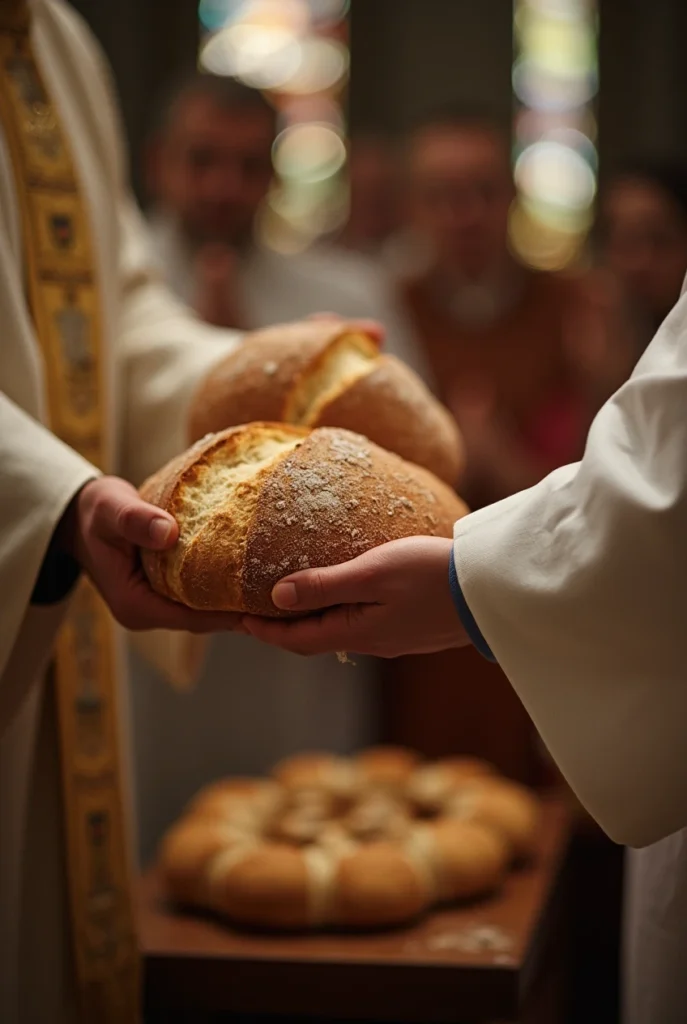
Bread as a Sacred Offering
Across many faiths, bread holds sacred connotations, often used in rituals to honor gods, ancestors, or spiritual principles. For Christians, the Eucharist exemplifies this practice, transforming bread into a symbol of divine presence.
- Christian Perspective: Explain how Jesus referred to himself as the “Bread of Life” (John 6:35), deepening the metaphorical connection between bread and salvation.
- Interfaith Comparisons: Draw parallels with similar practices in Judaism, Islam, and other religions, highlighting universal themes of provision and grace.
Through these spiritual lenses, the House of Bread transcends its earthly origins, becoming a vessel for deeper truths about humanity’s relationship with the divine.
Personal Reflections on Faith and Nourishment
For many individuals, the concept of the House of Bread inspires personal reflection on their own beliefs and values. Consider how bread serves as a reminder of life’s essentials—both physical and metaphysical.
- Gratitude Practices: Encourage readers to cultivate gratitude by focusing on simple pleasures, such as enjoying a fresh loaf of bread.
- Spiritual Growth: Reflect on how acts of nourishing others can foster spiritual growth and strengthen community ties.
By integrating the symbolism of the House of Bread into daily life, you create opportunities for meaningful connections and self-discovery.
Modern-Day Interpretations of the House of Bread
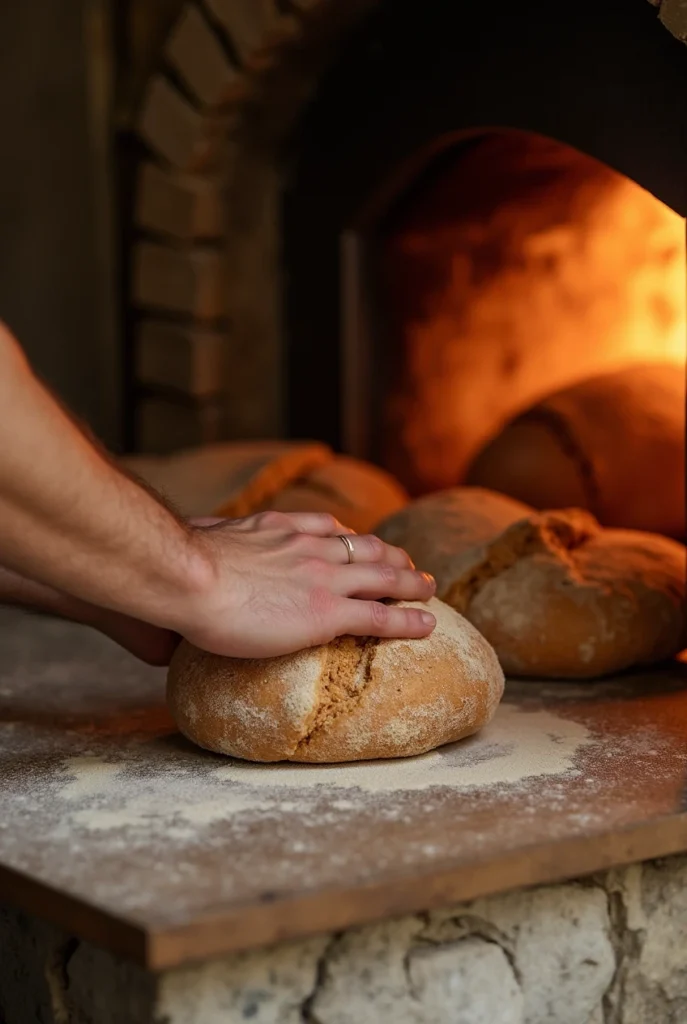
The Global Bread Movement
In recent years, there has been a resurgence of interest in traditional bread-making techniques, driven by movements advocating for sustainability, authenticity, and cultural preservation. This trend aligns closely with the ideals embodied by the House of Bread.
- Sourdough Revival: Discuss the popularity of sourdough baking and its connection to ancient methods.
- Local Artisans: Highlight bakeries and artisans who prioritize locally sourced ingredients and time-honored recipes.
These efforts remind us of the enduring power of bread to unite people across borders and generations.
Food Security and the House of Bread
Today, the concept of the House of Bread takes on new urgency as global challenges like climate change and inequality threaten food security. Organizations working to combat hunger draw inspiration from the timeless message of provision and care associated with this term.
- Charitable Initiatives: Showcase programs focused on feeding underserved communities through bread-based projects.
- Community Gardens: Emphasize grassroots efforts to grow grain crops locally, ensuring sustainable access to staple foods.
By supporting these initiatives, you contribute to building modern interpretations of the House of Bread that address contemporary needs.
Exploring the House of Bread Through Travel
Visiting Bethlehem Today
For those interested in experiencing the House of Bread firsthand, visiting Bethlehem offers a unique opportunity to connect with its rich history and vibrant culture.
- Tourist Attractions: Mention key sites like the Church of the Nativity, Milk Grotto, and Shepherds’ Fields.
- Cultural Experiences: Describe interactions with residents, sampling traditional dishes, and participating in bread-making workshops.
Traveling to Bethlehem allows you to immerse yourself in the story of the House of Bread, gaining insights that no book or article can fully convey.
Virtual Tours and Online Resources
Not everyone has the chance to visit Bethlehem physically, but technology provides alternatives for exploring its wonders.
- Virtual Reality Experiences: Recommend platforms offering immersive tours of historical landmarks.
- Educational Websites: Suggest websites dedicated to preserving Bethlehem’s heritage through multimedia content.
These digital tools make the House of Bread accessible to anyone eager to learn more about its fascinating legacy.
Educational Opportunities Around the House of Bread
Teaching About the House of Bread in Schools
Introducing students to the concept of the House of Bread fosters appreciation for history, culture, and spirituality. Educators can incorporate lessons about Bethlehem into various subjects, including geography, religion, and social studies.
- Curriculum Ideas: Provide examples of activities, such as mapping Bethlehem’s agricultural zones or analyzing biblical texts referencing bread.
- Interactive Projects: Encourage hands-on learning through projects like creating miniature replicas of ancient bread ovens.
By weaving the story of the House of Bread into educational settings, you inspire future generations to value tradition while embracing innovation.
Lifelong Learning Resources
Beyond formal education, adults can continue exploring the House of Bread through books, documentaries, and online courses.
- Recommended Reading: Suggest titles covering Bethlehem’s history, archaeology, and religious significance.
- Multimedia Content: Highlight podcasts, YouTube channels, and webinars offering expert perspectives on the topic.
Lifelong learners benefit from diverse resources that deepen their understanding of the House of Bread and its broader implications.
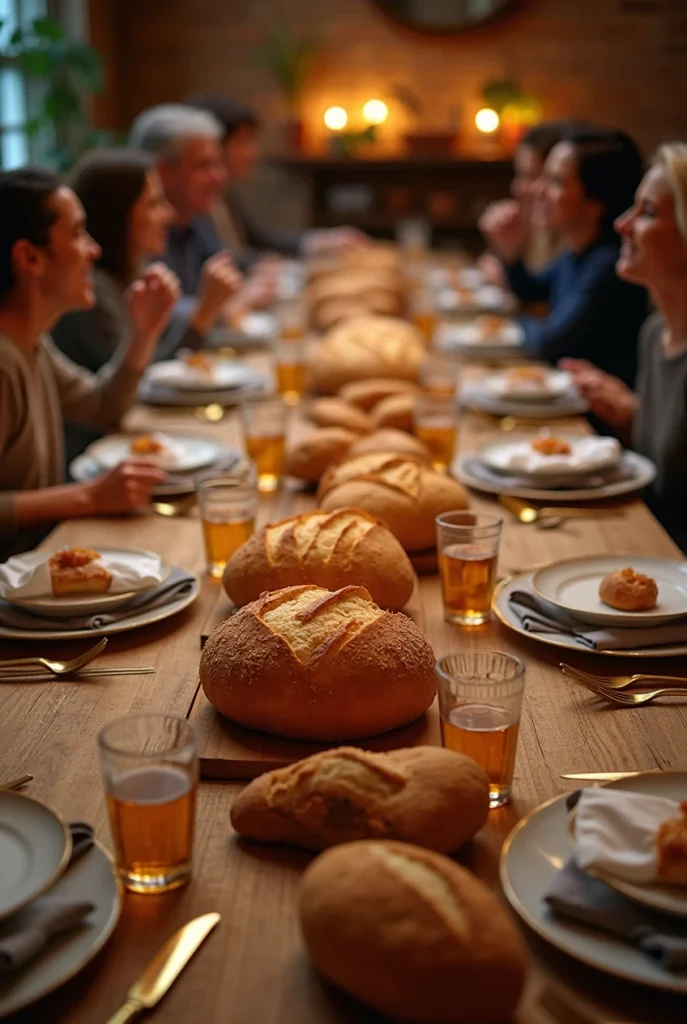
Conclusion (Expanded)
The journey through the history and meaning of the House of Bread reveals layers of significance that extend far beyond its literal translation. From ancient agricultural practices to modern-day applications, this concept continues to resonate deeply with people around the world. Whether viewed through the lens of faith, culture, or sustainability, the House of Bread reminds us of our shared humanity and the importance of nurturing both body and soul.
As you reflect on what the House of Bread means to you, consider ways to integrate its principles into your life. Whether through baking, volunteering, or simply expressing gratitude, each action contributes to a larger narrative of provision, connection, and hope.
Ready to Make Your Own House of Bread-Inspired Flatbread?
Give this simple recipe a try and experience the timeless tradition of the House of Bread in your kitchen. Don’t forget to share your results with us – we’d love to hear how your flatbread turned out! Drop a comment below, leave a rating, or tag us on social media.
Looking for more delicious recipes? Check out our other mouthwatering creations like Strawberry Shortcake Ice Cream and Easy Homemade Sourdough – perfect for sharing with family and friends.
Stay connected for more mouthwatering recipes and baking tips! Follow us on social media or subscribe to our newsletter for exclusive updates.
Git more recipes you might like
- Moose Tracks Ice Cream.
- Cold Brew Coffee.
- Best Chocolate Bar for You.
- Bread and Cheese Pairings.
- Cottage Cheese Cookie Dough.
- Kids’ Birthday Cake Designs.
Did You Try Our Recipe?
There are no reviews yet. Be the first one to write one.

